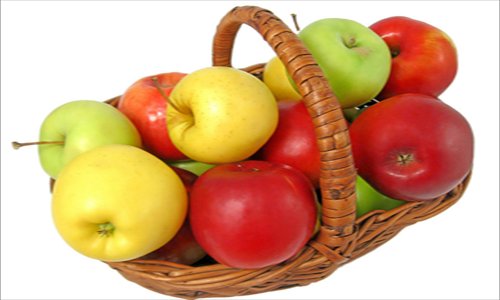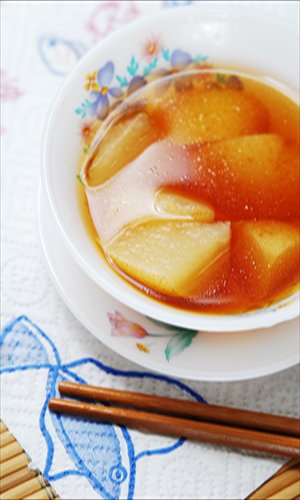Autumn coolers
Editor's Note
The ancient Chinese created an agricultural solar system - still in use today - that is based upon their observation of crops, climate, astrology, and the study of animal and plant life cycles. The system guided farmers as to when to sow seeds and when to harvest them, and this system has now been in place for more than 2,000 years.
Today, with advances in science and technology, agriculture depends less on this ancient wisdom. But this seasonal calendar still operates as a reference guide for gourmands to seek out the best times for seasonal delicacies and for health experts to plan nutritious diets.
In a single year, the system features 24 "solar terms," each lasting one day and occurring every two weeks. Each has its own name and characteristics. The Global Times is presenting a weekly series examining which foods and delicacies are best enjoyed during these periods, as well as tips on preserving general health.

Chushu, which means "end of heat" or limit of heat, is the 14th solar term in the Chinese agricultural solar calendar and usually falls on August 23 when the sun reaches 150 degrees celestial longitude. It indicates that summer time is coming to an end and that temperatures have peaked and will start to decline gradually. During this period, when rain decreases and the air dries, water-abundant foods are in season and are just what the human body needs to counteract the effects of autumn "dryness."
Harvest time
And chushu is also the signal that many crops including millet and rice are ready for harvesting. It's at this time that the melon family of vegetables, including balsam pears, pumpkins, Chinese wax gourd and cucumbers, also reach the market in their prime.
Melon vegetables contain more water than other summer vegetables, and therefore help to replenish water loss in the body, besides providing essential nutrients. And they are almost fat free.
Pear porridge
Chushu is also an optimal time for enjoying fruits such as apples and pears which boast rich amounts of vitamins to dispel muscle fatigue. And during chushu, pears - especially acidic pears - are the ideal fruit to prevent symptoms of dryness. To fully enjoy this fruit, the Global Times recommends a simple-to-make recipe of pear porridge which helps to generate bodily fluids and expel heat.
Ingredients: two or three pears, rice (about 100 grams), water (600 grams)
Method:
Wash and peel the pears
Slice them into small pieces and remove the kernels
Put the pear pieces and the washed rice together into a pan of water
Boil and simmer for about 50 minutes
Seasonings such as sugar can be added according to personal taste

Lily bulbs in duck
Eating duck meat at chushu has long been a folk tradition for many Chinese people. Among the many ways to cook duck - including sliced boiled duck, roasted duck and salt-baked duck in lotus leaf - lily bulbs in duck is the most highly recommended for chushu. This dish is said to be very beneficial for the lungs during this season.
Ingredients: a whole duck (1,500 grams), fresh lily bulbs (300 grams), rice wine (20 grams), salt (10 grams), honey (about two tablespoons), dried orange peels (about 50 grams)
Method:
Wash the fresh lily bulbs and the whole duck, drain, and put aside to dry
Place the duck into a big bowl, slit its belly open, and put the lilies inside
Pour the rice wine and salt into the belly
Add honey and dried orange peel into the duck belly, according to taste
Truss the duck body tight using string
Steam the duck for about 4 hours until the meat softens

Pork rib soup
Chestnuts are known for their high content of protein and vitamin B and are especially good for the kidneys. They are commonly seen during September and October, but in some areas of Jiangsu and Anhui provinces there is a type of chestnut called the Chushu Red which ripens earlier. Chestnut are most widely used in a dish called chestnut fried chicken. Chestnuts are also commonly used in the following recipe.
Ingredients: chestnuts (50 grams), pork ribs and pork meat (500 grams), salt, soy sauce, sliced ginger, to taste
Method:
Remove the peel of the chestnuts after boiling them in water for five minutes
Slice the pork ribs and pork meat, and place in a pan of water, together with the pieces of ginger
Boil and simmer the pork soup for about 30 minutes
Add the chestnuts into the soup, and cook on a slow heat for about 1 hour
Add seasonings into the soup as required, including salt and soy sauce